Category: Invasive Plant Removal Techniques
-
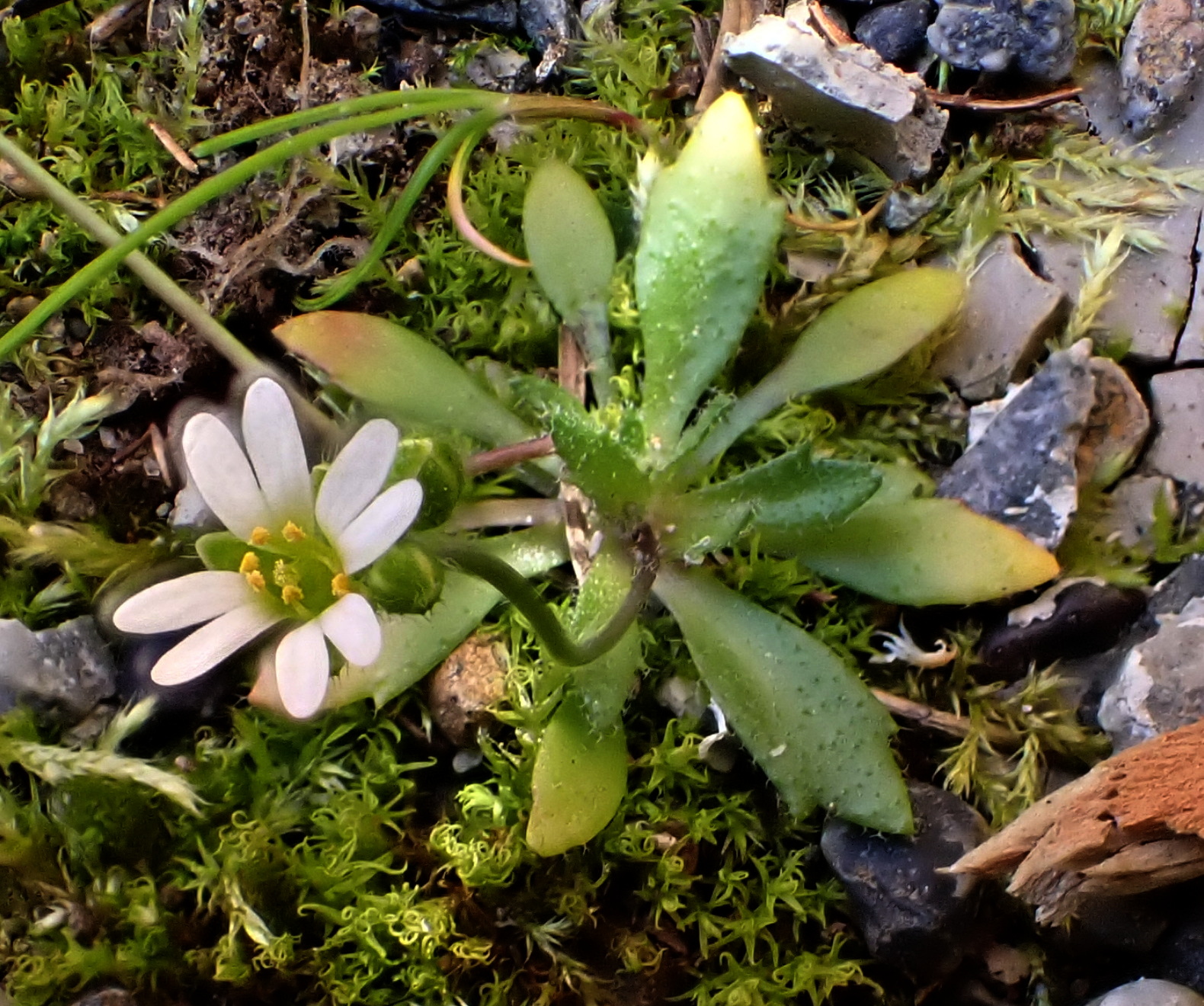
Bolting Forbs
Bolting marks a distinct transition in the life cycle of many forbs in which survival of the individual, as expressed in the growth of leaves and roots, shifts to survival of the species, as expressed in the growth of stems for flowering.
-
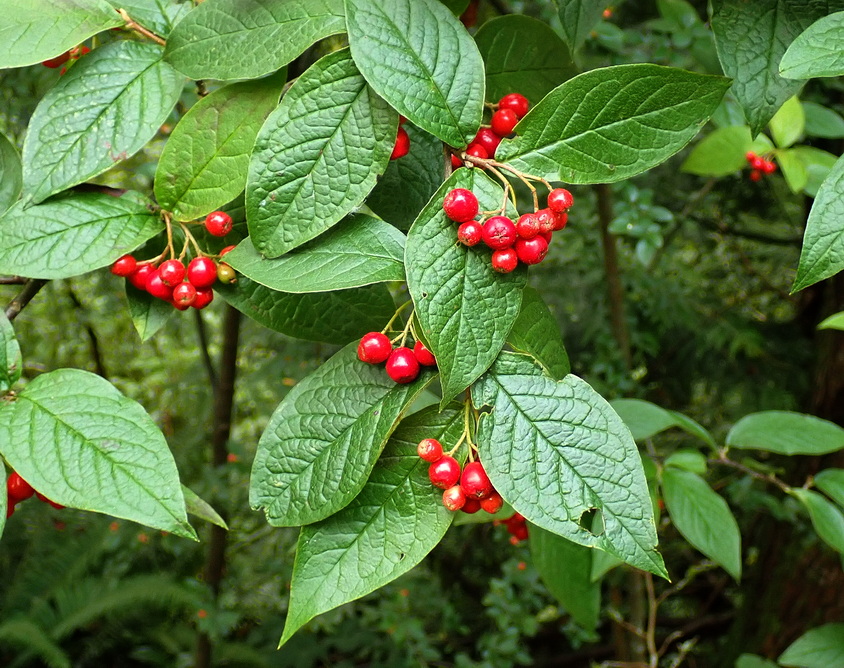
Invasive Shrubs in the Puget Lowlands
On the tallgrass prairies of the American Great Plains, woody shrubs are replacing grasses, and in the aging deciduous forests of the Puget Lowlands, woody shrubs are replacing trees. In our region, the shrubs include native species, especially Salmonberry, but also various invasives including Feral holly, Cherry laurel, and Himalayan blackberry.
-
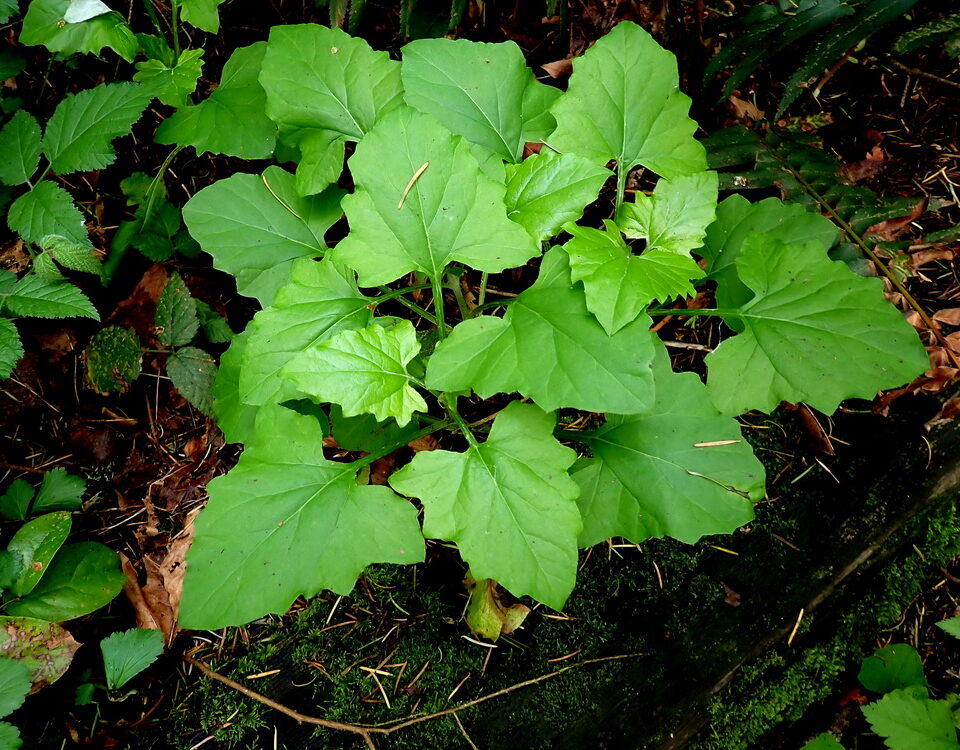
Remove These Three Weeds, but Beware of the Native Plants that Look Similar
It’s best to remove weeds before they flower and seeds develop, but at that stage there are some native plants that can look quite similar.
-

Weeds of the Turf Next to Our Backyard Forests
Our backyard forests often lie next to areas of turf that receive no irrigation or chemical inputs and inconsistent mowing. These “input-free” turf areas provide ample opportunity for colonization by a host of plants that are not welcome in the forest. The main line of defense against the spread of these weeds are the Bradley…
-
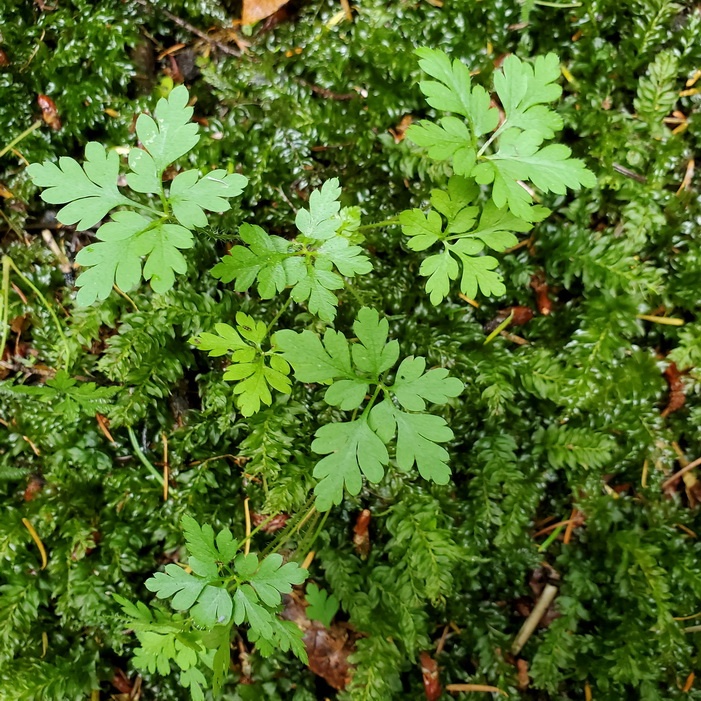
Exploiting the Weaknesses of Herb Robert in Late Winter and Early Spring
From late Winter through early Spring, I like to exploit the weaknesses of Herb Robert by removing those that sprouted during last year’s growing season, survived the winter, and are poised to flower when the weather turns warm.
-
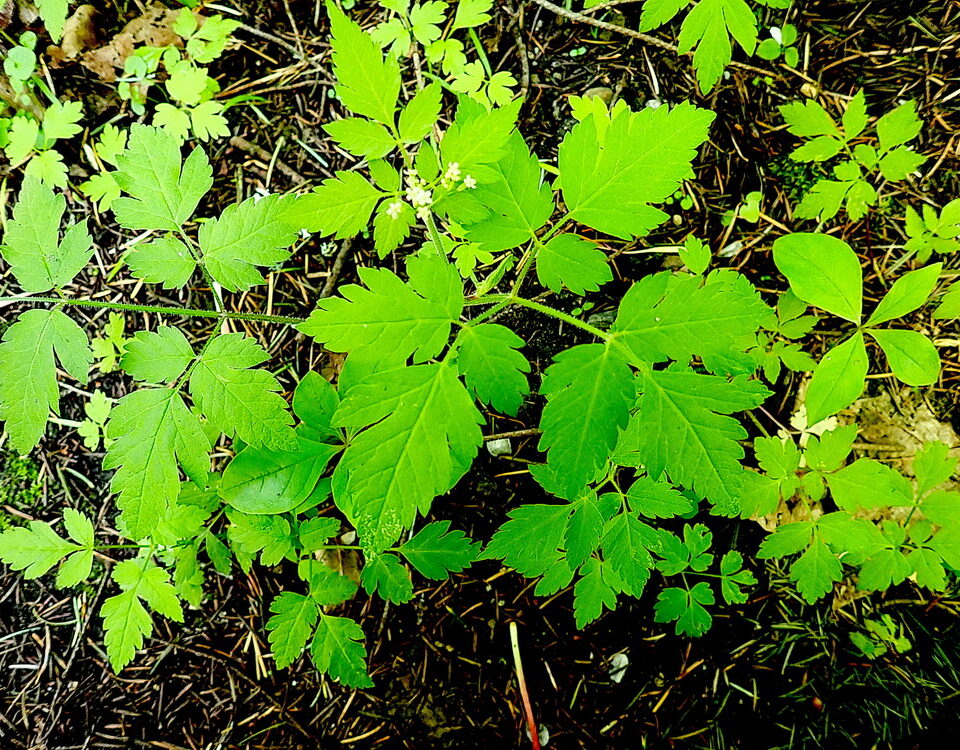
Removing or Allowing Plant Siblings
As we weed our backyard forests and their edges, we are constantly making decisions about which plants to remove and which to allow. For some plant species those decisions are complicated by various factors, and different restoration practitioners may have different, legitimate opinions.
-
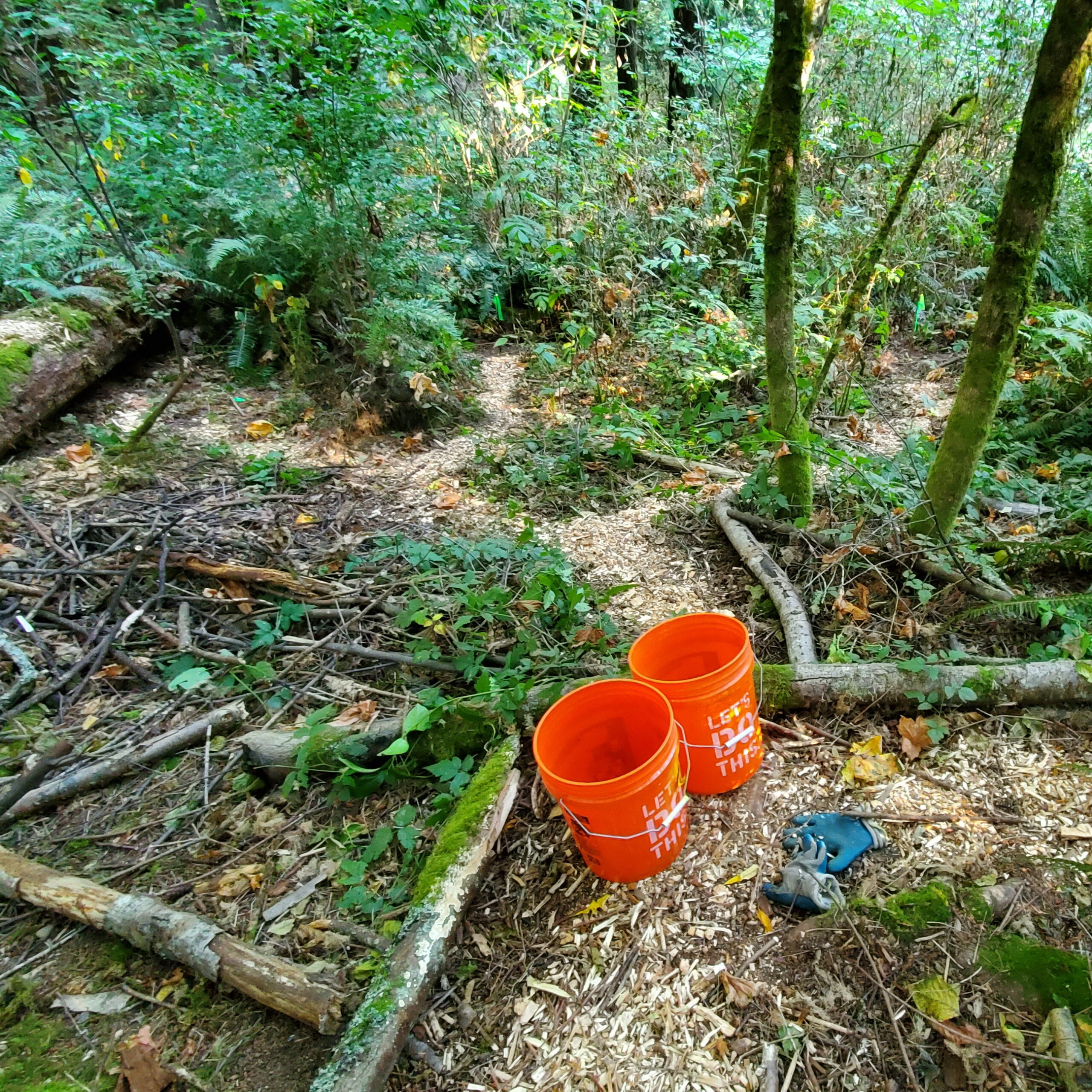
A Critique of the Forterra Model of Forest Restoration for Everett’s Forest Park
Now that Forterra has decided to essentially end its on-the-ground involvement in the Green Everett Partnership, I feel more at liberty to criticize its urban forest restoration model as it was applied in Everett’s Forest Park. The model’s failure, I believe, stems from the basic mismatch between the amount and type of labor needed to…
-
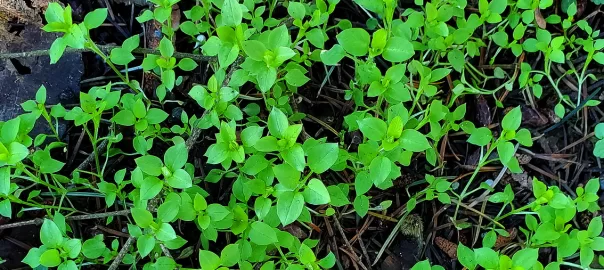
Annual Winter Weeds
Among the annuals that germinate in winter, several are Eurasian introductions that deserve our attention once we have eliminated the more-invasive weeds from our backyard forests.
-
Blackberry Bradley Line
Late fall seems to find me in a wetland untangling Himalayan Blackberry from Salmonberry. Most recently I was working on maintaining and extending a Bradley Line that protects an area of Salmonberry and Black Twinberry from old-growth Himalayan Blackberry (Rubus armeniacus).
-
Removing Creeping Buttercup and Herb Robert in the Dry Season
I think the dry season can be a good time to remove Creeping Buttercup and Herb Robert.
-
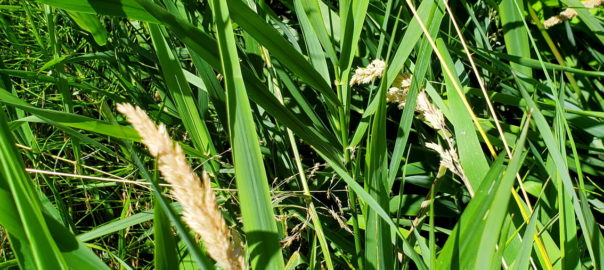
Keeping Invasive Grasses Out of Our Backyard Forests
How do we keep invasive grasses out of our backyard forests? How do we avoid removing indigenous grasses? I don’t think there are easy answers to either of these questions, but I have a few ideas and a confession. My Basic Strategy is Also a Confession I confess that I routinely try to remove any…
-
Compost Heaps in the Backyard Forest
What should we do with all of those invasive plants after we’ve pulled them out of the ground? My preference is to compost them on site to help maintain local soil fertility, and I’ve developed a few preferences that I thought might be worth sharing.
-
Weed Whacking Bad Edges — Some Pros and Cons
Last year, I began weed whacking a few “bad edges” to see if it would help prevent the weeds from recolonizing adjacent “good areas.” I have some preliminary opinions on some pros and cons of this practice.
-
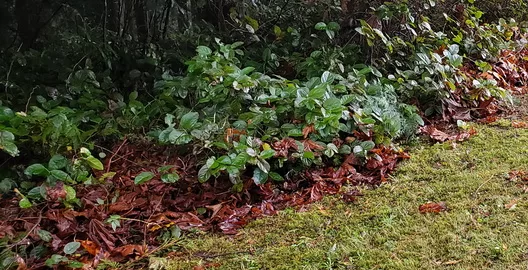
The Bradley Method
Published in Australia in 2002, “Bringing Back the Bush – The Bradley Method of Bush Regeneration” encapsulates the principles and methods developed by sisters Eileen and Joan Bradley based on their years of work restoring portions of a natural area in Sydney.
-

Ranunculus Repens (Creeping Buttercup)
Ranunculus repens has been creeping up on me for thirty years.
-

September Himalayan Blackberry
Himalayan Blackberry is one of those invasive weeds whose removal is important, but not urgent. It can be put off for a while, but not forever. September, the end of the dry season, is not my ideal time to work on it, but lacking any urgent tasks in the forest, I was able to get…
-
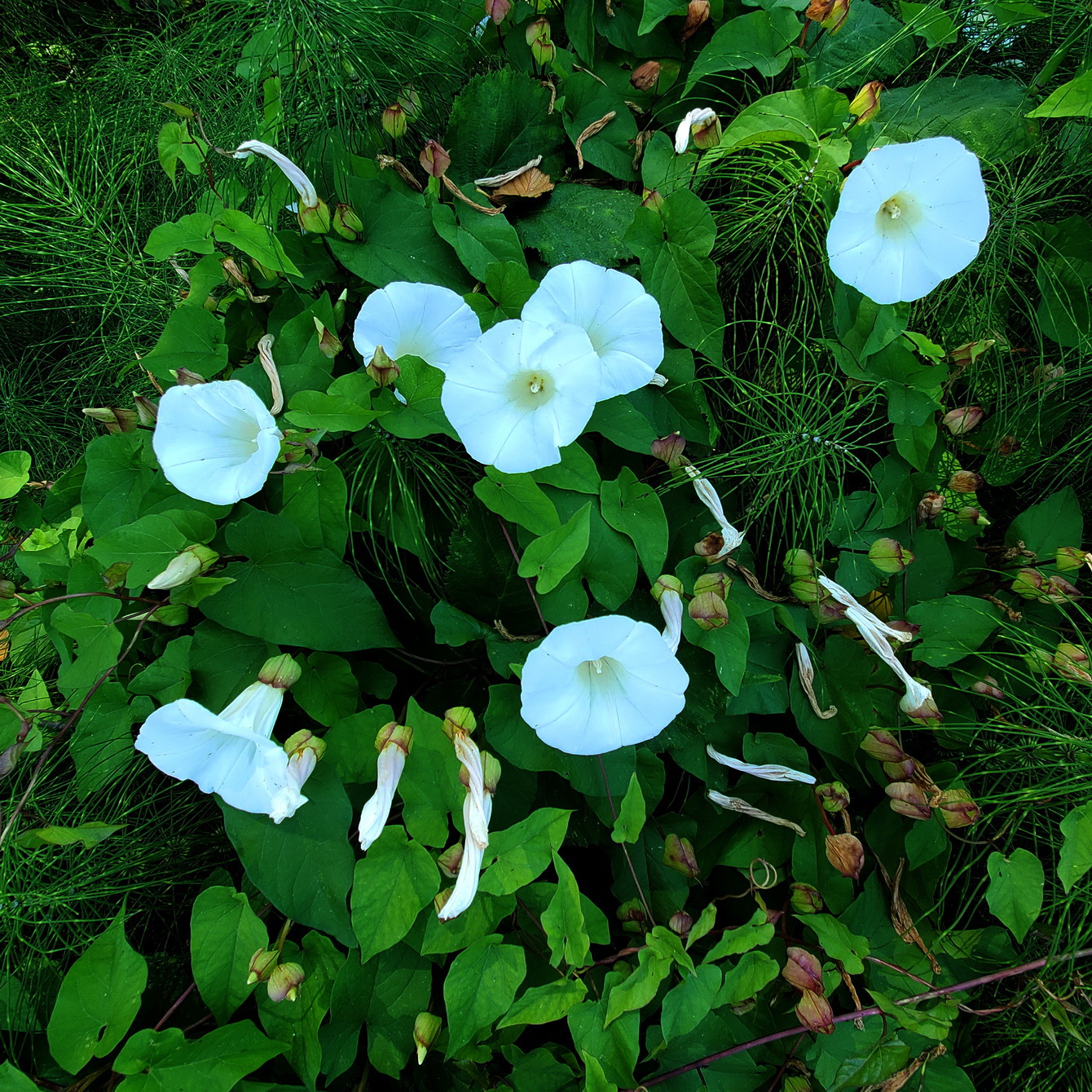
Pulling Stinging Nettle in Patches of Hedge Bindweed
As I fight my way through tall vegetation removing masses of Hedge Bindweed, I also pull out any Stinging Nettle I come across even though it may be native to the Pacific Northwest.
-

It’s Not too Late for Hedge Bindweed
I know it has already started blooming, but I don’t think it’s too late to work on the Hedge Bindweed. Since I don’t know how to eradicate this invasive, I’m only trying to contain it . . .
-

Nipplewort and Wall Lettuce
The ideal strategy for controlling both Nipplewort and Wall Lettuce is to remove them during that very brief period between the initial shooting-up of the flower stalks and emergence of the flower buds.
-

The Bradley Method of Bushland Regeneration
I thank Luke McGuff (who works at North Beach Park) for telling me about the Bradley Method of “bushland regeneration.” The method is named after two sisters, Eileen and Joan Bradley, who developed a successful method of restoring native vegetation to degraded natural areas in Australia. Their ideas are relevant anywhere, including our backyard forests…